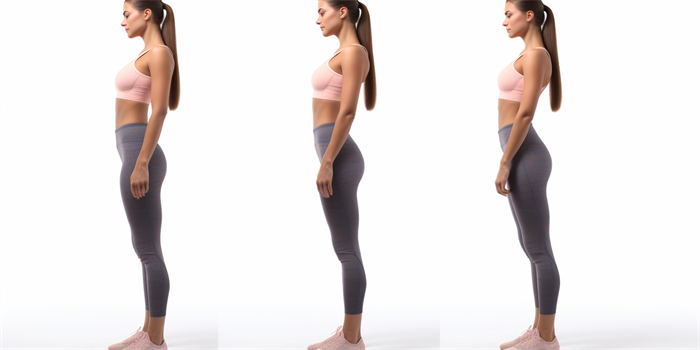How Much is Sclerotherapy in Trinidad and Tobago?
Sclerotherapy is a popular treatment for varicose veins and spider veins, offering a non-surgical solution to improve the appearance of these vascular conditions. In Trinidad and Tobago, the cost of sclerotherapy can vary based on several factors. Understanding these factors can help patients make informed decisions about their treatment options.

Factors Influencing the Cost of Sclerotherapy
Several factors can influence the cost of sclerotherapy in Trinidad and Tobago. These include the location of the clinic, the experience and qualifications of the practitioner, the number of veins being treated, and the type of sclerosing agent used. Typically, the cost ranges from TTD 1,500 to TTD 4,000 per session, depending on these variables.
Types of Sclerotherapy
There are two main types of sclerotherapy: traditional sclerotherapy and foam sclerotherapy. Traditional sclerotherapy involves injecting a liquid sclerosant into the affected veins, while foam sclerotherapy uses a foamy solution. Foam sclerotherapy is often more effective for larger varicose veins and may be slightly more expensive due to the specialized equipment and technique required.
Insurance Coverage and Payment Options
Insurance coverage for sclerotherapy varies. Some insurance plans may cover the procedure if it is deemed medically necessary, such as for treating venous insufficiency or chronic venous disease. However, if the treatment is sought for cosmetic reasons, insurance typically does not cover the cost. Patients should check with their insurance provider to understand their coverage and explore payment options such as installment plans or medical financing.
Choosing the Right Practitioner
Selecting the right practitioner is crucial for ensuring the safety and effectiveness of sclerotherapy. Patients should look for a practitioner with specialized training in phlebology (the study of veins) and extensive experience in performing sclerotherapy. It is also important to consider the clinic's facilities, patient reviews, and the practitioner's approach to post-treatment care.
Post-Treatment Care and Recovery
Post-treatment care is essential for the success of sclerotherapy. Patients are usually advised to wear compression stockings for a specified period to aid in the healing process and prevent blood clots. Regular follow-up appointments are also necessary to monitor the progress of the treated veins and ensure that the treatment is effective. The recovery period is relatively short, with most patients able to return to their normal activities within a few days.
FAQ
Q: How many sclerotherapy sessions are needed?
A: The number of sessions required varies depending on the extent of the vein problem. Most patients need between 1 to 4 sessions, spaced several weeks apart.
Q: Is sclerotherapy painful?
A: Sclerotherapy is generally well-tolerated. Patients may experience a slight stinging sensation during the injections, but this is usually minimal and temporary.
Q: What are the risks and side effects of sclerotherapy?
A: Common side effects include temporary bruising, swelling, and itching at the injection site. More serious complications are rare but can include blood clots or allergic reactions to the sclerosant.
Q: How long do the results of sclerotherapy last?
A: The results of sclerotherapy are long-lasting, with many patients experiencing significant improvement or complete resolution of their vein issues. However, new veins may develop over time, requiring additional treatment.
Understanding the cost and considerations of sclerotherapy in Trinidad and Tobago can help patients make informed decisions about this effective treatment for varicose veins and spider veins. By choosing the right practitioner and following post-treatment care instructions, patients can achieve optimal results and enjoy improved vascular health.




